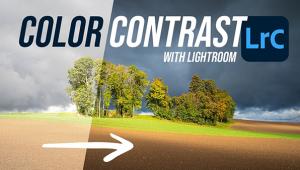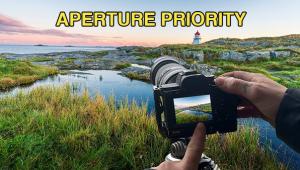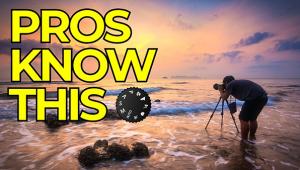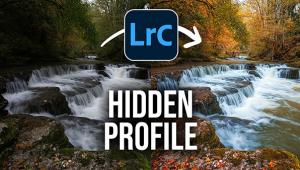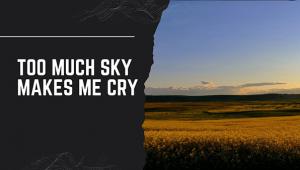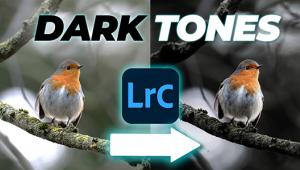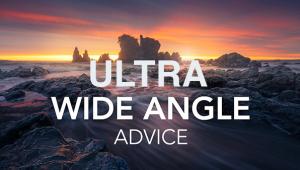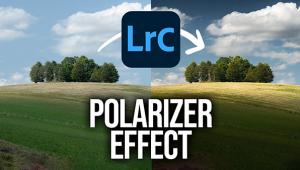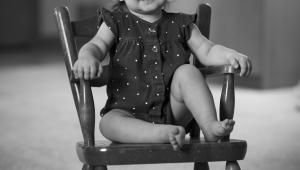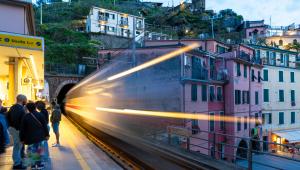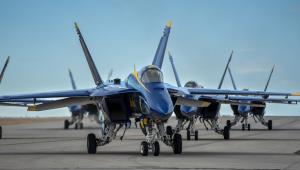Beautiful and well-shaped landscapes are great subjects for photography works. - Mint Springs Farm
Do Landscapes & People Mix?: Some Reasons Why You Might Want To Include Figures In Your Images
“When there is a tiny person in a big dramatic landscape it shows viewers just how vast the scene truly is.”

All Photos © Josh Miller Photography
As primarily a landscape photographer Iam often in a situation where I am struggling to give a feeling of scale to big dramatic views. I will look for something to place close to the camera, such as a dramatic flower or rock, to capture the viewer’s attention and draw them deeper into the photo. In some cases, though, I find including a person rather than a natural element within the scene does a better job of it. Not only does the figure add scale, but it also makes viewers feel like they are standing within the scene rather than looking at a print on the wall, a kind of visual empathy.
We all love those dramatic wide shots that include everything, but often the more we include the less we actually “see.” When we include something within the scene that is of known size, like a person or even a tent, it gives more scale to the image. When there is a tiny person in a big dramatic landscape it shows viewers just how vast the scene truly is. However, my figures are an element of the broader landscape rather than the central subject of the image. For me this is a very conscious style decision that differs from most adventure photographers who usually are striving for that close-up action shot that shows the person or people in the heat of the action.


As a professional I also find that images with people often sell better than “pure” landscapes. Whenever possible I will shoot a scene with and without people, in both vertical and horizontal orientation with tight and wide compositions. There is nothing worse than having someone who wants to give you money for a photo say, “If only you had this same shot with a person walking along the trail, or with a bit more space on the right/left.” Better to cover all the possible shots and make the sale.
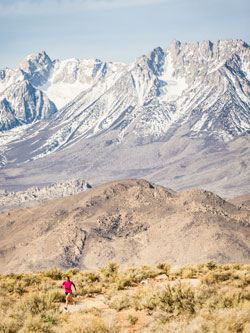
Shooting The Tent
When camping in the backcountry some of my favorite shots are the ones that include a tent as an element of scale. Along with being popular with editors, tent shots make viewers feel like they could be the one camping in the scene—more of that visual empathy. One of the most fun shots to create is the classic glowing tent image. By having a warm glowing tent set against the cool colors of gathering darkness, it gives a feeling of warmth and safety.
Traditionally, these shots are created at dusk, exposing for the surrounding scene while having a friend with a flashlight inside the tent. This technique works perfectly and the ability to review digital images instantly has made it much easier to check exposures, but still there are exposure balance issues (the lighting relationship between the flashlight and the overall scene) so there are only a few minutes of shooting when both the tent and scene are correctly exposed.

But you can expand that timeline by replacing the flashlight with a remote off-camera flash. Firing the flash at full power balances with a brighter scene, and as it gets darker the flash power can be reduced to balance the lighting ratios. Changing a five-minute shoot into a 30- to 40-minute shoot allows for many more quality images to be created.
There are many different flash-triggering options and any flash will do. The simplest technique is having a friend inside the tent to push the test button. I often use the pop-up flash on my Nikon D800 as a Commander for my Nikon Speedlight. If I am too far from the tent to successfully use the pop-up flash method I’ll use a flash trigger, such as the PocketWizard. With the PocketWizard FlexTT5 I am able to control the flash power without having to run back and forth to the tent.


Seeing The Shot
Along with looking for potential landscape images that will be good in perfect light, I am always on the lookout for scenes that will work well as model shots. Every time I come around a bend in the trail or to the top of a hill I ask myself, what if someone were shooting me while I am standing here? Does the background work well, does having a person in this spot tell a story?
If the answer is yes, I will get one of my friends to switch with me and play the part of model for a few quick images. Often I’ll even ask a total stranger if they would be willing to stand in for a quick image in exchange for an e-mail of the photo. If I am alone I will put my camera on a tripod or rock and use my Vello FreeWave remote trigger to fire the camera while I play the part of model.
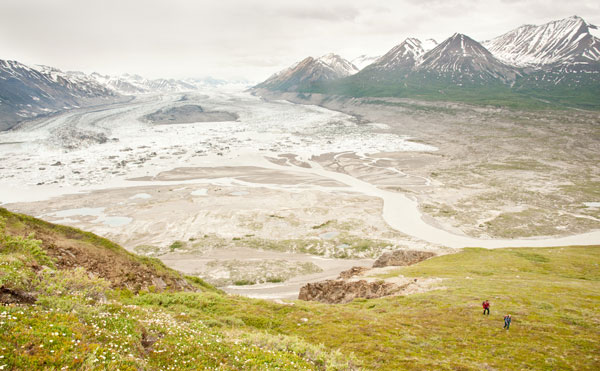

If the goal of the shot is to show my model in action I ask them to hike or run toward the camera. But more commonly I compose so my model is toward one of the corners of the image and looking away from the camera into the scene. By making the model anonymous it could be anyone, thus making it easier to draw in viewers because it could be them standing there taking in the grand view.
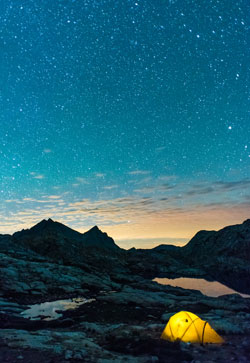
Author Contact
Josh Miller’s images have been featured in publications throughout the world and his work is represented by Aurora Photos. To find out more about his work or his photo workshops throughout the world, visit his website at www.joshmillerphotography.com.
- Log in or register to post comments




